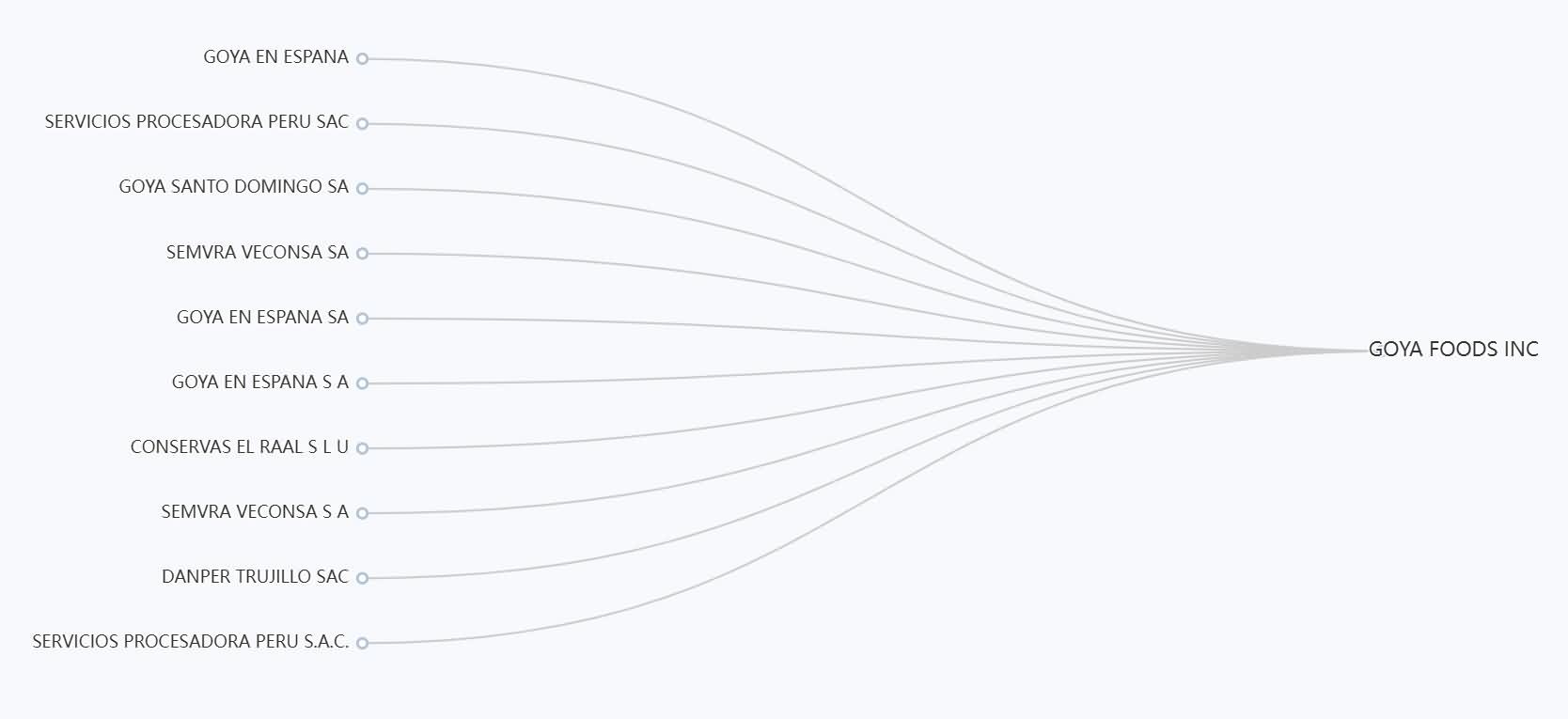
Market Insight and Product Positioning
By analyzing trade data, importers can identify market trends and shifts in consumer demand, thereby adjusting procurement strategies and inventory management to prevent stockouts or overstocking. Importers can gain a deeper understanding of customer needs and preferences, enabling them to offer more personalized services and products, which in turn enhances customer satisfaction and loyalty.



Potential Suppliers List
Importers can leverage trade data to conduct personalized screenings based on their specific requirements, such as geographical location, product types, and service levels. This targeted approach allows them to narrow down their search and swiftly identify potential suppliers that best align with their needs.
By comparing trade data across different suppliers, importers can gain insights into the supplier choices and supply chain strategies of their competitors. This can lead to the discovery of outstanding suppliers that may have been overlooked by their competitors.

Supply Chain Optimization
Importers can optimize logistics and transportation arrangements to reduce transportation costs and time. This includes selecting the appropriate mode of transport, optimizing the loading of goods, and planning routes efficiently.
By thoroughly analyzing duties, taxes, and other import-related expenses, importers can identify opportunities to save costs, such as renegotiating supplier contracts, finding alternative shipping routes, or leveraging trade agreements to reduce costs.

Track your customers latest dynamic
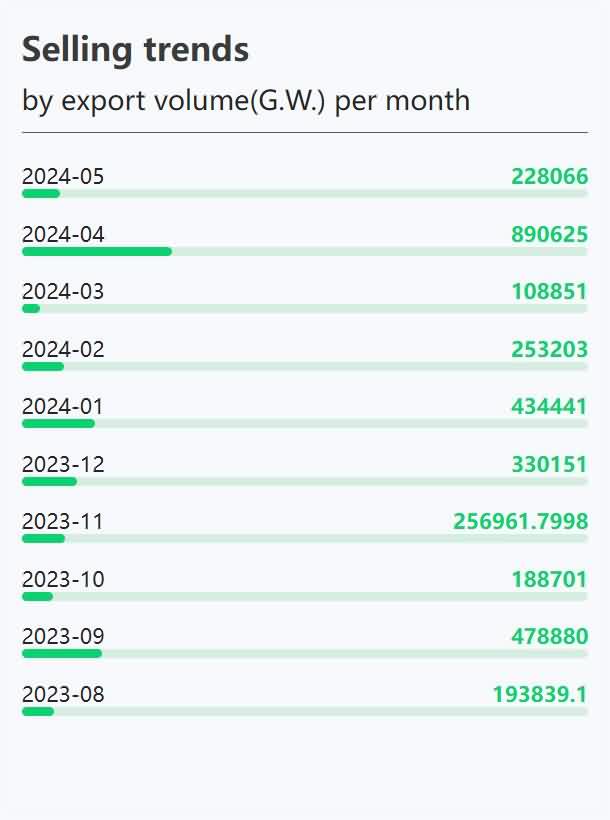
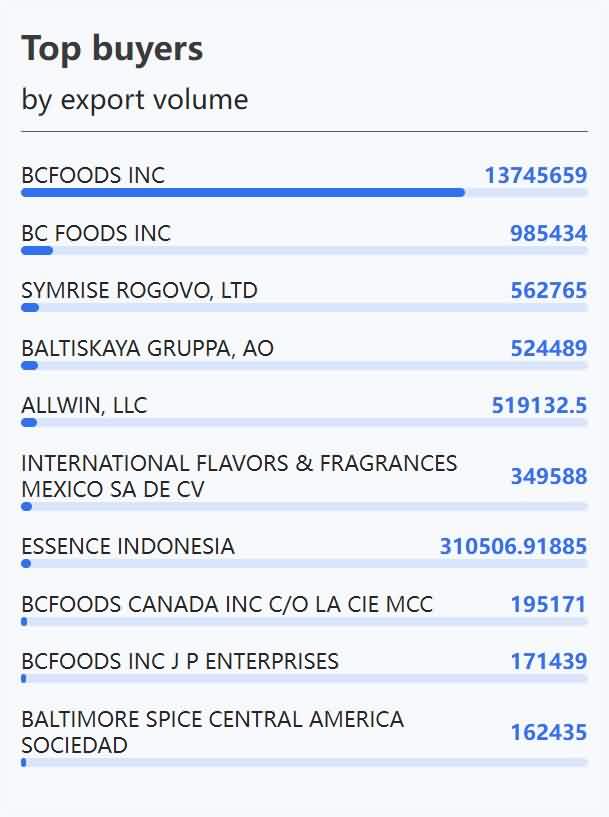
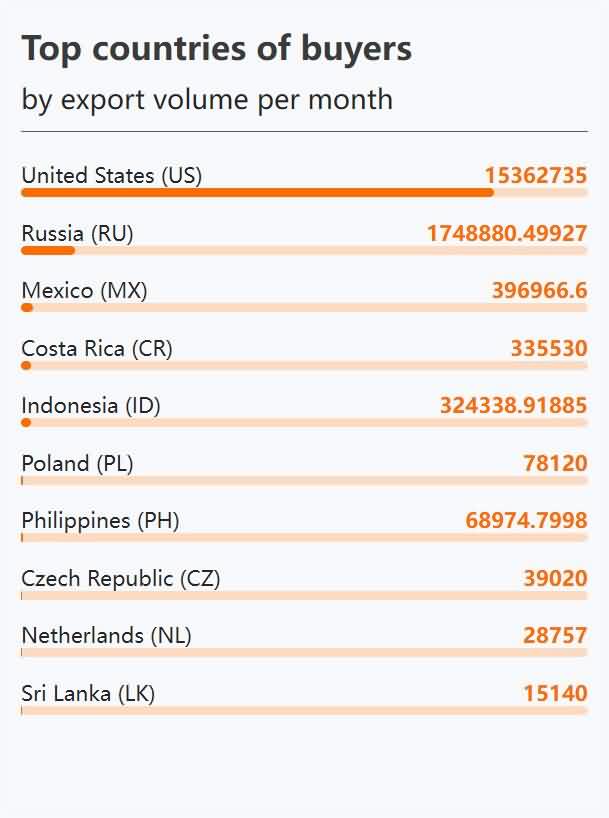
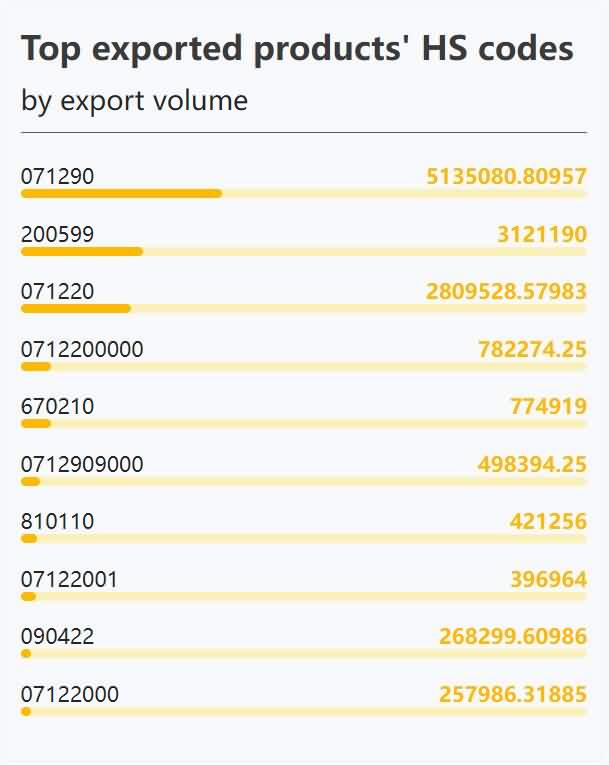
Discover potential upstream trading partners and relationships
